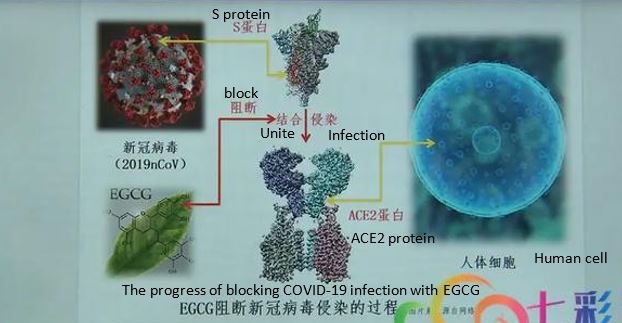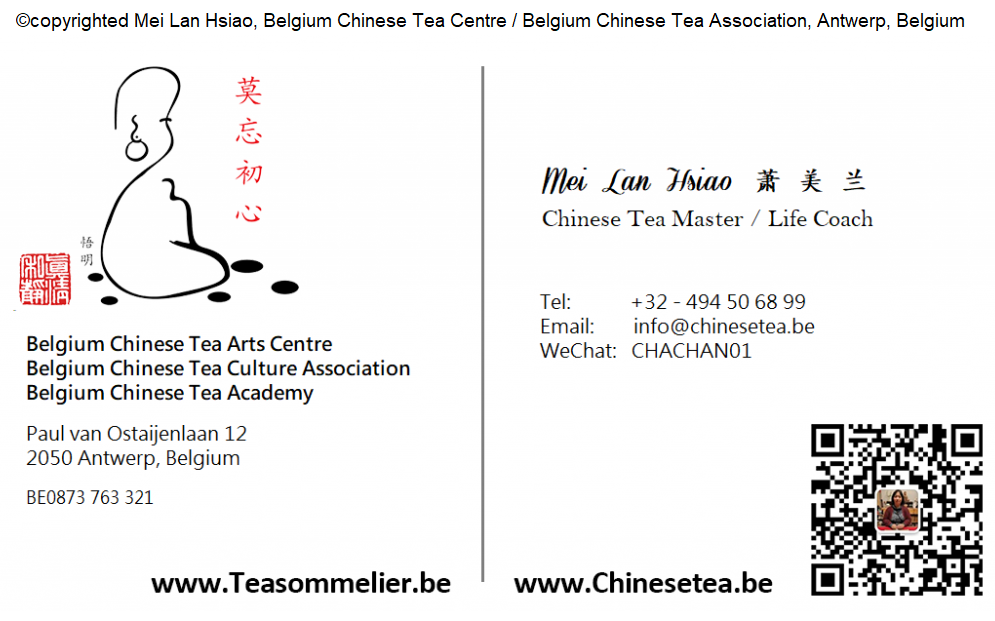Since the first outbreak of COVID-19 happened in WuHan when doctors and nurses were doing their best to save live in hospitals and citizens were doing their best to follow the lock-down policy in order to reduce the burden to the medical helps that are need to the Coronavirus fight in that most critical and horrified moment, specialists in different disciplines have been working closely in China, including virus and medical research experts for medicine and vaccine, in meantime, there were many experts in TCM (Traditional Chinese Medicines) and tea research area started to deepen their research from the past health benefits to specifically against the virus reactions or immunity system research; such researches are still ongoing today.
When the effective curing medicines that don’t create other health problems and proven effective vaccine are not yet available, there are more and more people turning their head to find ‘solutions’ from tea.
Before we enter the discussion about what can tea do for us to fight against COVID-19 virus, I think it is important to establish a clear understanding and repeat the fundamental professional protocols that we need to follow:
- Tea does can provide many health benefits but shouldn’t consider tea as cure to disease.
- Whenever you have healthy, always suggest to check with your family doctor and/or specialist before following from what were written in books or social medias by anyone, neither from so-called “Guru” nor amateurs.
- Those who would like to be seen and respected as ‘tea sommelier’ definitely should take the responsibilities more strict, we can share and give suggestions based on confirmed scientific research data and facts, but may not play the doctor or medicine specialist roles.
I am very fortunately to have Prof. Wang FangCheng from Academia Sinica from Beijing, as good friend who I share the same passion for the facts and data researches in tea. So whenever I read something interesting on line, I have a ‘double-checking windows’ to verify the accuracy and authenticity about the scientific research.
There are indeed two major tea research centers in China are devoting their resources and expertise to deepen their researches in tea and both have very encouraging progress that related to the researches to Coronavirus, one is Zhejiang University Agriculture Department and the other one is Yunnan Agriculture University.
According to the Director of Research Center lead by Prof. Wang XuanJun, actually the FDA from USA has already approved the use of plant derived tea polyphenols for external use in 2006, which is used to treat diseases caused by virus. Therefore research in antivirus functions from tea polyphenols is an important focus by tea research experts. Since the outbreak happened in WuHan, his team has deepened the research on tea polyenols for Coronavirus.

Prof. Wang’s research does not limit to Camellia sinensis only, actually in his lab his teams have tried to isolate 800 compound structures from 110 plants, including tea, honeysuckle and grapes; the computerized analysis showed 20 compounds have the potential to bind the S protein on the surface of the virus. “Of course, there is potential gap between computerized analysis vs. reality that we need to investigate further”, according to Prof. Wang. Prof. Wang and his teams so far have continue the actual binding test in which they discovered five compounds are preferred, and block experiments are performed at the molecular level. The blocking experiment means when compounds are present whether can block the virus from binding to the receptor. If compounds can’t block the virus from binding, then it is meaningless with the claim for unite.
Based on the current research result, they discovered EGCG, a catechin monomer component in tea polyphenols in tea, can effectively block the binding of S protein to receptor ACE2 and almost 6 EGCG can achieve the ability of one human receptor to bind to viral S protein. This is a very good news for tea lovers.
Many people thought only green tea has EGCG, as matter of fact, EGCG is one of richest compounds (80%) in catechin, as matter of fact richer EGCG can be found in large-leaf Pu’erh (Sheng) and green tea. When analyzing Theaflavins (yellow color), thearubins (red color) and theabrownins (brown color) in black tea from the tea process, they found theaflavins can also vind to S protein. Tea lovers can appreciate the theaflvins more from the golden tippy black tea.
What is amazing about tea is may be there are only small differences in tea polyphenol structures but the functions may be completely different, and that reflects the mysteries in life and Nature.
Due to the time rush and data were not sufficient enough, therefore Prof. Wang and his teams will continue with the research, they will only announce the final result after having sufficient data and facts.
At the same time, the experts in Zhejiang are studying how the warm tea drink to the relapse of virus infection. Any research, either medicine, vaccine or tea, that related to COVID-19 Coronavirus require very struct research attitude, quantifiable and verifiable data and facts. But with diligent and strict scientific researches we do can sense the light at the end of tunnel for Coronavirus.
Various health benefits that different kind of tea have already been scientifically confirmed, and people simply need to enhance the most foremost important learning – Listen to your body & respect your conditions but not follow information blindly and carefully choose pure and authentic quality tea, take responsibility for own decision. When you think you deserve the best, then learn to respect tea and the Nature.
During the interview by the Yunnan TV & Radio, Prof. Wang XJ said “there is no double drinking tea is good for health, but in order to reach the potential objective to prevent and cure from the virus, perhaps it is better use the extract of effective compounds, we are deepening the research on the application side, hopefully can provide more data to the research for COVID-19 Coronavirus.”


Leave a Reply
You must be logged in to post a comment.